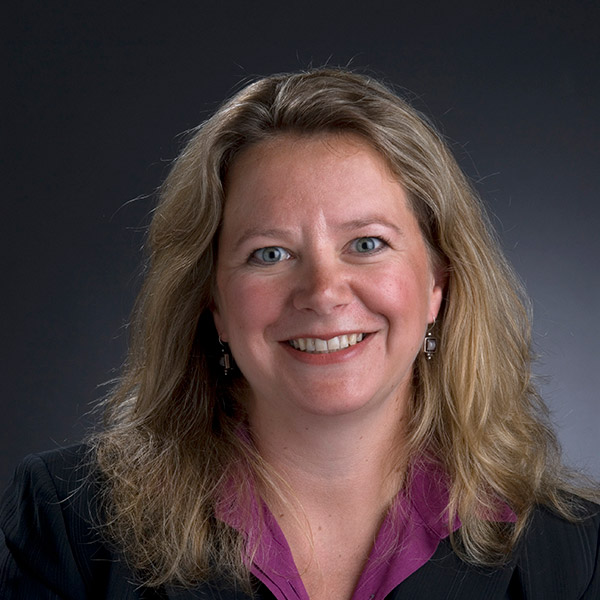Deborah Blizzard

I am a sociocultural theorist in the field of Science and Technology Studies. My research interests lie in the intersections of body politics and identity. For fun I enjoy cooking and golfing.
1. How Do You Teach Applied Critical Thinking in the Context of Disaster?
When examining critical thinking in the context of “disasters” I would first unpack the term disaster. What kind of disaster is it and who identified it as such? Who are the major stakeholders, and how is the event being identified, classified, and scrutinized? Questions such as these begin the process of critically framing the issue at hand. Once the event has been identified, and key stakeholders are brought into focus, we are better prepared to go forward with a proposed solution that accounts for as many different needs and as possible.
A disaster is many things – and we all identify them differently. Among many possibilities, disasters may include economic, emotional, global, technological, medical, social, and personal dimensions. The better placed we are to see not only the highly visible (e.g., buildings exploding), but also the not-so-visible (e.g., personal economic loss), as well as the invisible (e.g., some forms of mental illness) impacts of the disaster, the better equipped we are to face them.
2. Why Do You Think Applied Critical Thinking is Important in Your Domain?
For a year I worked as a social scientist conducting ethnography in a hospital that was developing fetal surgery. The surgeries took place in the second trimester. It was an emotionally wrenching experience for pregnant women wanting to save their pregnancies and bring a healthy baby into the world. My job was to understand the processes through which the medical procedures were being developed and how patients, their families, and their medical providers (among others) were coming to understand the impacts of the surgeries and develop appropriate medical protocols to ensure success. As I worked alongside the medical professionals and listened to the stories unfold, I utilized my critical thinking skills to develop questions and analyze their answers. As this process developed, I began to see cultural pattern disruptions and rhetorical slippage. It became clear that the words used to describe what was happening did not always mean the same thing to different stakeholders and only by identifying these sometimes-subtle differences could we best understand the impacts of our work and develop paths forward within an emotionally volatile and fragile context.
3. Can You Share a Story Where Quality Applied Critical Thinking Was Key to Your Success?
The field of Science, Technology, and Society examines the interlinkings of domains that are often thought of as disparate; however, upon closer examination, it appears that the three categories are constantly morphing into a co-created context of socio-technoscience where one cannot not exist without the other two. While the individual terms allow for a short-hand approach to studying an event or task, it is not until all three are co-analyzed that we begin to see how the world functions – and how messy it is. Critical thinking thus becomes imperative as we tease apart aspects of the world we are analyzing.
4. How Do I Use Critical Thinking in Other Areas of Your Life Outside of RIT?
Critical thinking, or the capacity to view a problem from many angles with multiple lenses, is key to surviving in a complex world. I use aspects of critical thinking when conducting a variety of tasks. To illustrate, for me, cooking is a puzzle: solve an equation with the tools at your disposal, the skill you have mastered, and the ability to think ahead based on accrued experiences. I think good cooks plan ahead; they prepare mis en place, measure ingredients, and clear a work area. I am not that cook. I will start a project and generally realize at least once that I am lacking an ingredient or a tool. If I let this stop me, I would literally have a kitchen of half-baked ideas and foods. Instead, I get creative: what can I use to replace ingredient X? If I do not have the correct pan, what other implement may work? Have I ever eaten something like this, and if I have, what is the flavor profile that I’m working within and what other ingredients are found within that culture? Using critical thinking turns cooking into a game that I enjoy where I continue working out the calculated risk and reward of an ever-changing dish.
5. Any Last Critical Thoughts You Wish to Share About What We Are Experiencing Now or What You Have Learned in Past Work?
Uncertain times can lead to increased anxiety and a sense of being out of control. The cultural norms that we rely on may seem to fall apart, and the patterns that help us navigate the world may dissolve and be recast as our chaotic existence is drowned in a cacophony of news clips, sound bites, and a longing for stability. By stepping back from an unruly world and applying critical thinking, it is possible to take parts of the chaos and reframe it, analyze the slippery rhetoric, and grow a bit more comfortable with the changing social calculus of our “new normal.” Normal has always been changing; today it is changing faster than in the past – critical thinking helps us to see that it is the pace that has changed and we can adapt.